A design of dynamic multiscale contact synergy for reversible transition between stick and slip
Published in Materials

Wetting, adhesion and friction are three basic concepts characterizing interface interaction. The researchers have made great efforts to explore these three aspects and their mutual reversible transformation. One of the most popular research topics is reversible adhesion, because the function of adhesion switching as needed is fascinating and needed by various applications.
For our research group that is engaging in the research of material surface and interface, designing a large-span reversible transition from high adhesion (high friction coefficient) to wet lubrication (low friction coefficient) has always been the orientation we want to pursue. This is because large-span tailored adhesive transformation has the advantages of on-demand adhesion, easy separation and no interface residue. Otherwise, the contact interface will be polluted, which is not favorable for many sophisticated engineering applications (e.g., climbing robots, medical instruments, and wound dressing).
Therefore, we have carried out a series of attempts and explorations in the field of reversible adhesion. In 2017, our team worked with Zuankai Wang’s group, and designed a bionic underwater "glue", which is not only has strong adhesion under water, but more importantly, its adhesion strength under water can be reversibly adjusted by controlling the temperature1. In 2018, our research group modified the thermal responsive polymer onto the bionic gecko-foot structure, and realized the remote control of underwater adhesion through the photothermal effect2.
These works enable us to have a certain understanding of reversible adhesion at micro- and nano-scales. It was found that the reversible screening of catechol groups at the molecular level or the assistance of micro/nano structures based on a single scale does not contribute much to the large reversible adhesion switch ratio, suggesting that large-span transition is difficult to attain for solid adhesion at a simple and single scale.
Here, we report the design of a switchable adhesive hydrogel via dynamic multiscale contact synergy, termed as DMCS-hydrogel. This hydrogel material can simultaneously regulate the contact at each scale to achieve a "resonant-like" multi-scale contact coupling based on a same variate.
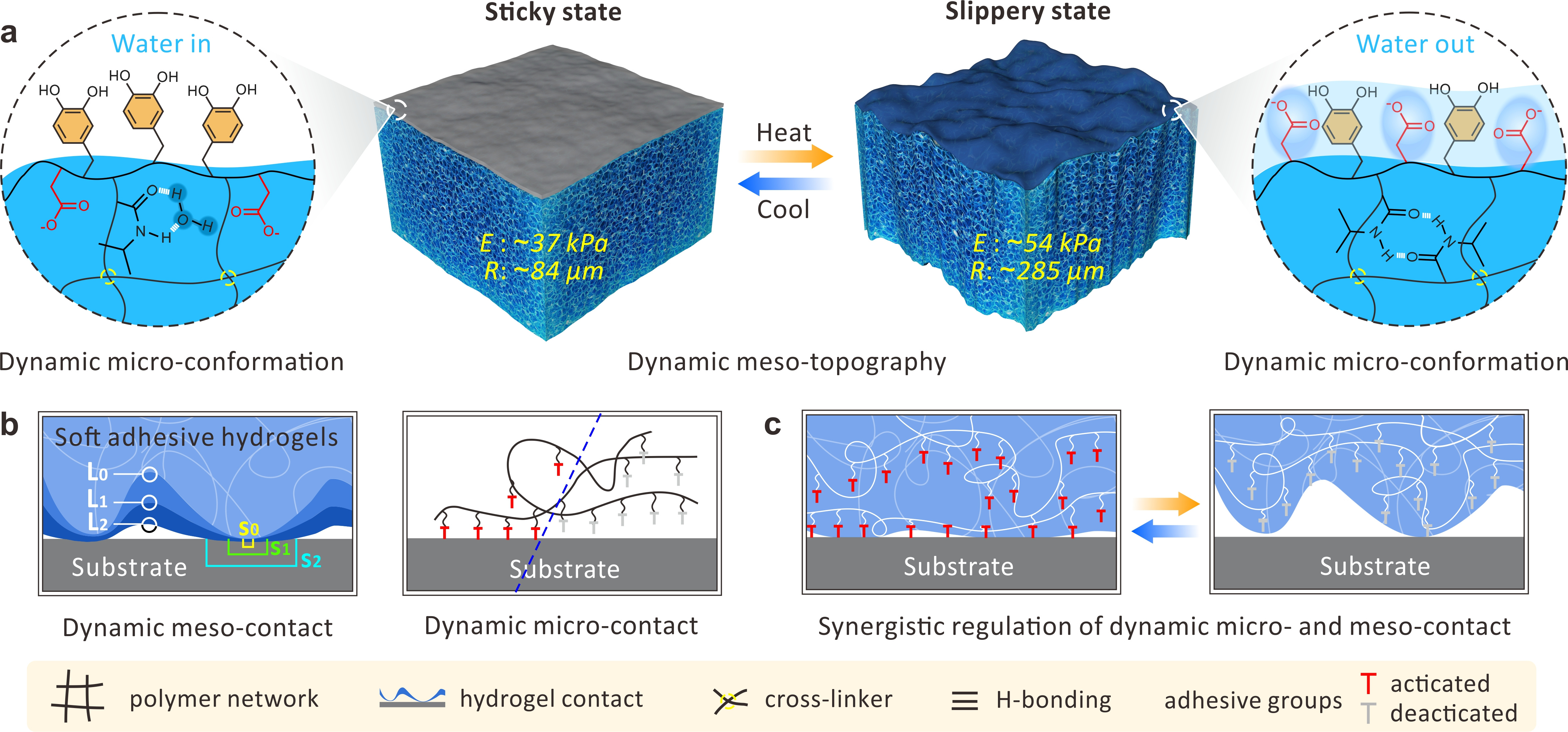
Fig. 1 | Design and realization of DMCS-hydrogel. a The sticky and slippery switching mechanism of DMCS-hydrogel via dynamic multiscale contact synergy originating from the dynamic meso-topography and micro-conformation. E: elastic modulus, R: roughness. b Schematic diagram of meso-scale contact and micro-scale contact. Left, dynamic meso-contact via roughness change of soft adhesive materials. Right, dynamic micro-contact based on the activation and deactivation of adhesive groups. L0, L1, L2: distance between hydrogel interface and substrate; S0, S1, S2: contact area between hydrogel interface and substrate. c The synergistic regulation of dynamic micro- and meso-scale contact.
Specifically, as shown in Fig. 1, the adhesion switching of DMCS-hydrogel at the molecular scale depends on the working and non-working of mussel-inspired adhesive molecules as a result of water in or water out on the hydrogel surface. At the same time, the change of simultaneous modulus and surface roughness was induced at the mesoscopic scale. The change of modulus and roughness is used to control the contact, and simultaneously the effectiveness and deactivation of the adhesive monomer are adjusted at the interface, which endows DMCS-hydrogel with an extremely fast and large-span stick-slip switching function.
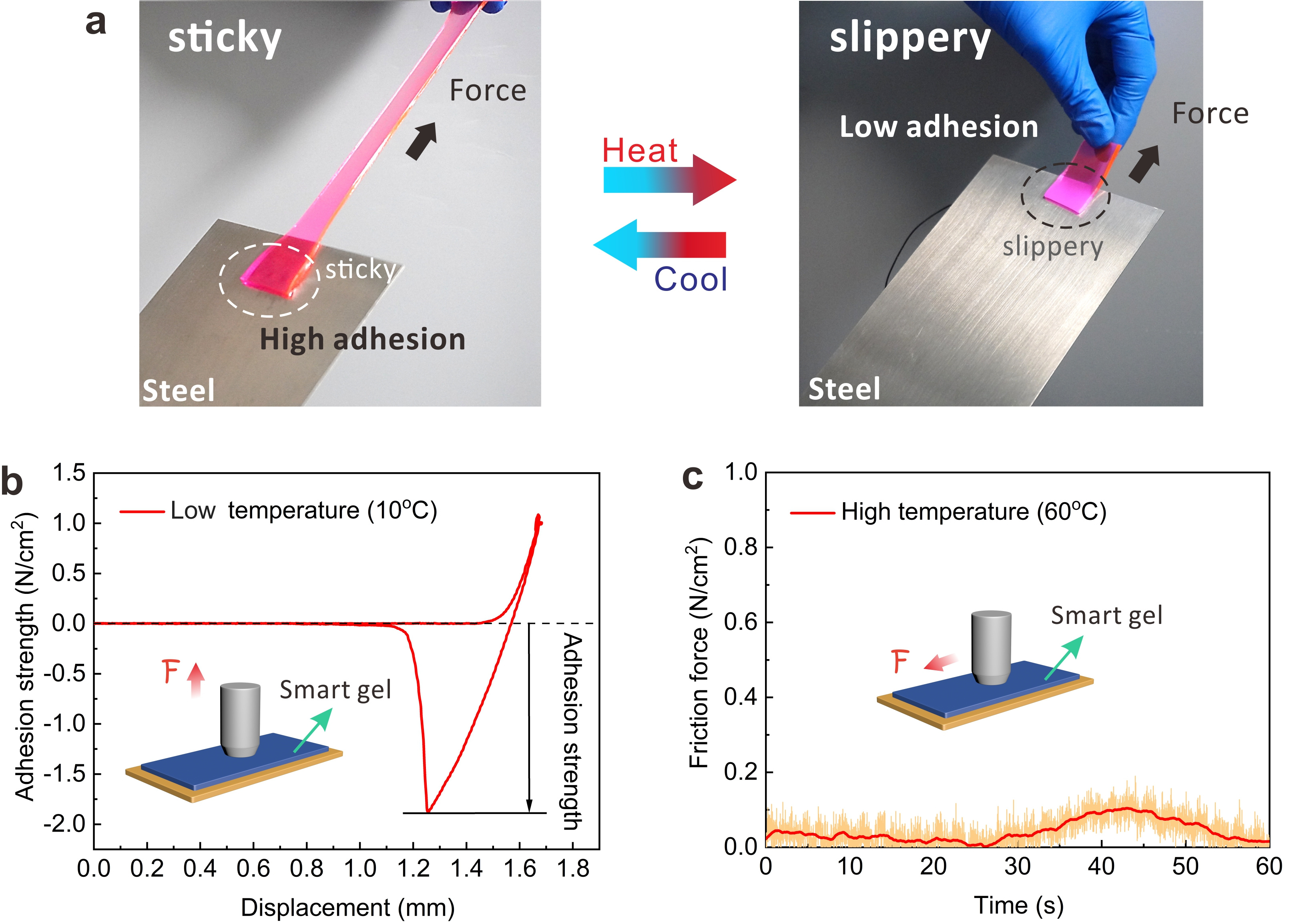
The large-span adhesive switching has been confirmed by experimental demonstration. As shown in Fig. 2a, even if the DMCS-hydrogel was stretched to several times its original length at low temperature, it still adhered tightly and firmly to the iron sheet. After the iron sheet was heated by the silicone rubber sheet behind, the hydrogel lost its adhesion immediately due to the phase change caused by thermal response. At this time, we can clearly feel that the hydrogel can slide freely on the iron sheet. The adhesion of DMCS-hydrogel was tested by face-to-face mode, and a very beautiful adhesion curve was obtained (Fig. 2b). The minimum value of the curve is the adhesion strength at low temperature. In order to measure the lubricity of gel surface at high temperature, we also carried out friction performance tests and found that it has very low friction (Fig. 2c). The strong adhesion at low temperature and the low friction at high temperature can be freely switched by the change of temperature.
To sum up, in this study, we constructed a dynamic multiscale adhesive system based on micro- and meso-scale contact synergies. The hydrogel rapidly switches between slippery and sticky states in the solid-solid contact process, with large span, switchable, rapid and dynamic features. Now it seems that the contact state at the interface has a profound impact on adhesion and lubrication, which is also the power source for us to continue to explore in the future. We expect that the emergence of this adhesive mechanism can provide guidance for the design of high-performance adhesives for soft materials, so that they can have capabilities for advanced applications.
For more details on our work, please see:https://www.nature.com/articles/s41467-022-34816-2
Reference
1. Zhao, Y. et al. Bio-inspired reversible underwater adhesive. Nat. Commun. 8, 1-8 (2017).
2. Ma, Y. et al. Remote Control over Underwater Dynamic Attachment/Detachment and Locomotion. Adv. Mater. 30, e1801595 (2018).
Follow the Topic
-
Nature Communications

An open access, multidisciplinary journal dedicated to publishing high-quality research in all areas of the biological, health, physical, chemical and Earth sciences.
Related Collections
With Collections, you can get published faster and increase your visibility.
Women's Health
Publishing Model: Hybrid
Deadline: Ongoing
Advances in neurodegenerative diseases
Publishing Model: Hybrid
Deadline: Dec 24, 2025
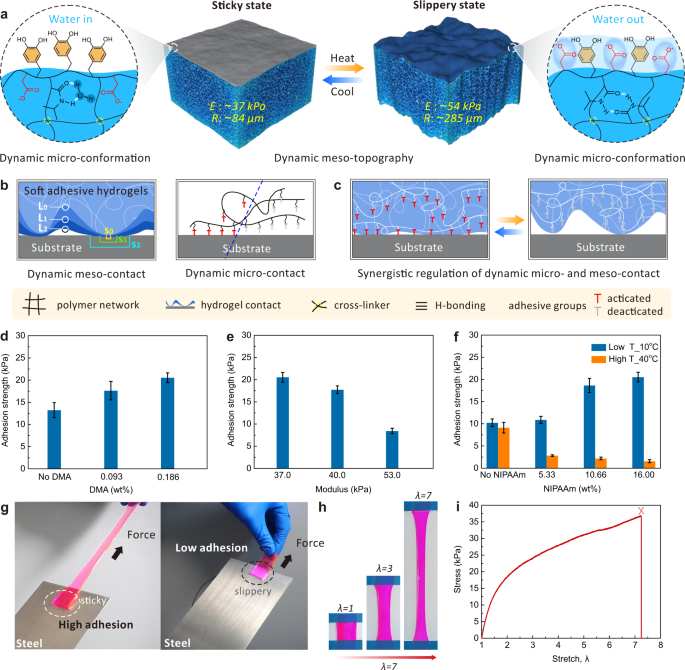

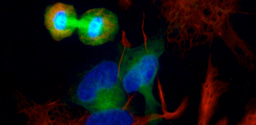
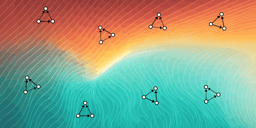
Please sign in or register for FREE
If you are a registered user on Research Communities by Springer Nature, please sign in